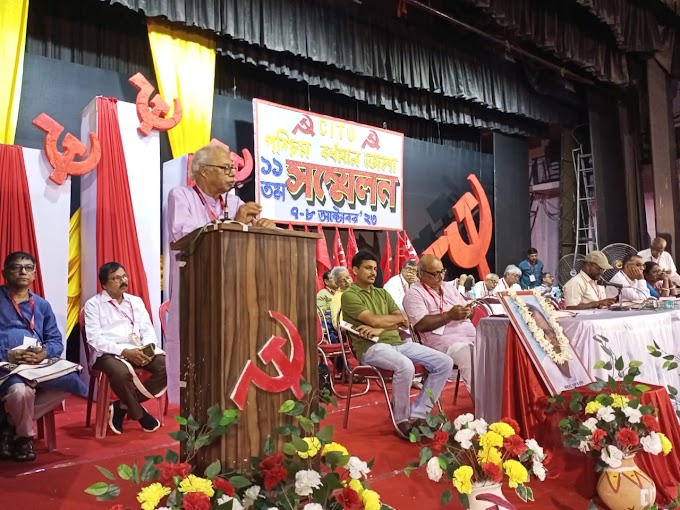A recent report highlights stark differences in the proportion of the population consuming three meals a day across various states in India. The study, covering the year 2022-23, shows that while states like Kerala and Tamil Nadu have a remarkably high percentage (nearly 98%) of people eating three meals daily, other states display significant disparities.
The report categorizes the population into five Monthly Per Capita Expenditure (MPCE) classes, ranging from the poorest 20% to the richest 20%. Interestingly, states such as Gujarat and Rajasthan, despite their overall economic status, show a notably lower percentage of three-meal consumers among their wealthier populations compared to poorer segments.
### Key Findings:
1. **Kerala and Tamil Nadu**: These states lead with the highest proportion of people eating three meals daily across all economic classes, reaching up to 98%.
2. **Gujarat and Rajasthan**: The top MPCE decile shows significantly lower three-meal consumption compared to their poorer counterparts, indicating that wealth does not uniformly translate to better meal consumption.
3. **Delhi and West Bengal**: These states also exhibit a trend where the richer population consumes three meals less frequently than the poorer population.
4. **States with Lower Meal Consumption**: States like Chhattisgarh, Bihar, Jharkhand, and Karnataka have some of the lowest proportions of three-meal consumers, particularly among the lower economic classes.
Detailed Breakdown:
- Gujarat: The poorest 20% have a 32.5% rate of consuming three meals a day, while the richest 20% have a rate of 27.7%.
- Rajasthan: Shows a similar trend with 34.1% for the poorest and 28.6% for the richest.
- West Bengal: Displays a notable disparity with 57.5% for the poorest and 45.3% for the richest.
National Implications:
This data underscores the complexity of nutritional intake across different economic strata and regions in India. It challenges the assumption that higher economic status automatically equates to better nutrition. Moreover, the findings suggest a need for targeted nutritional policies that address specific regional and economic disparities.
The second part of the series will further explore the share of children eating three meals a day, providing more insights into the nutritional status of future generations. The study calls for an urgent reassessment of public health strategies to ensure equitable access to adequate nutrition across all demographics.











